
Personification Poems Examples for Kids Education Pinterest Literacy
With personification, you emphasize a non-human's characteristics by describing them with human attributes. That non-human can be an object, an animal, or even an idea or a concept. Examples of personification Here are a few examples of personification: She sat down at the tired, overworked desk.
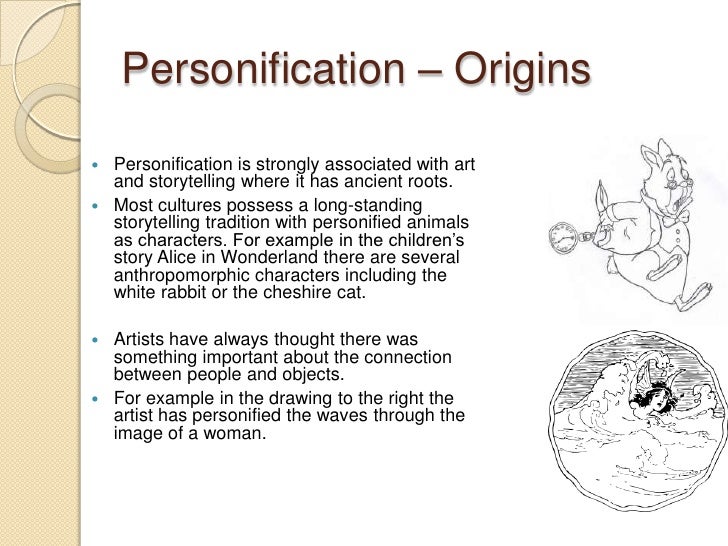
Personification In Poetry Ppt Personification
Personification is a figurative language technique where an object or idea is given human characteristics or qualities. In other words, using our language, we make an object or idea do something that usually is only done by people. With personification speakers and writers make the object or idea like a person and, hence, they personify it.
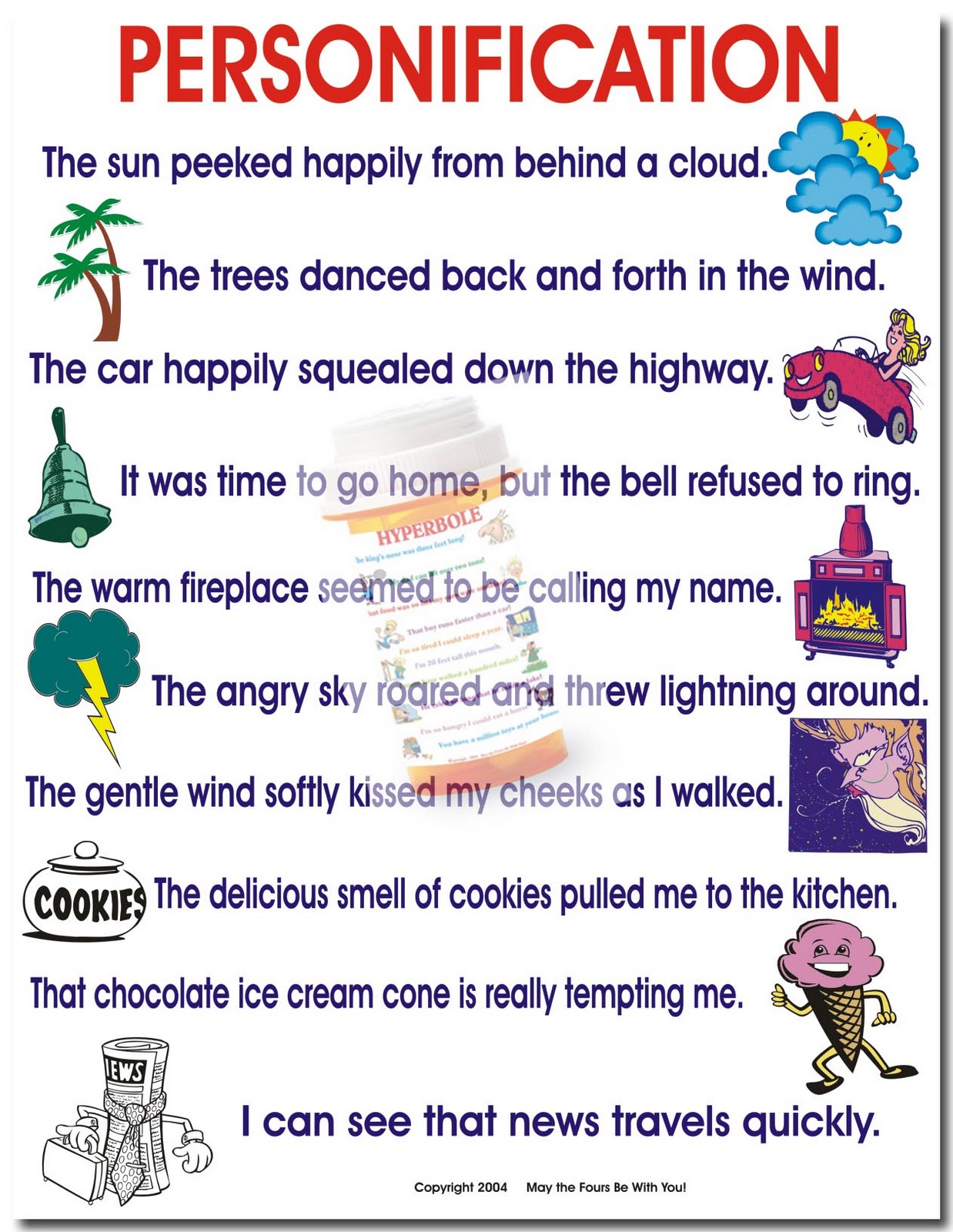
5 Examples Of Personification
Personification is a literary device when writers give human qualities, human characteristics, and human thoughts to an inanimate object or animal . It's a form of figurative language often used in poetry but also in prose, too. For example, imagine that the wind can speak and act like a human.
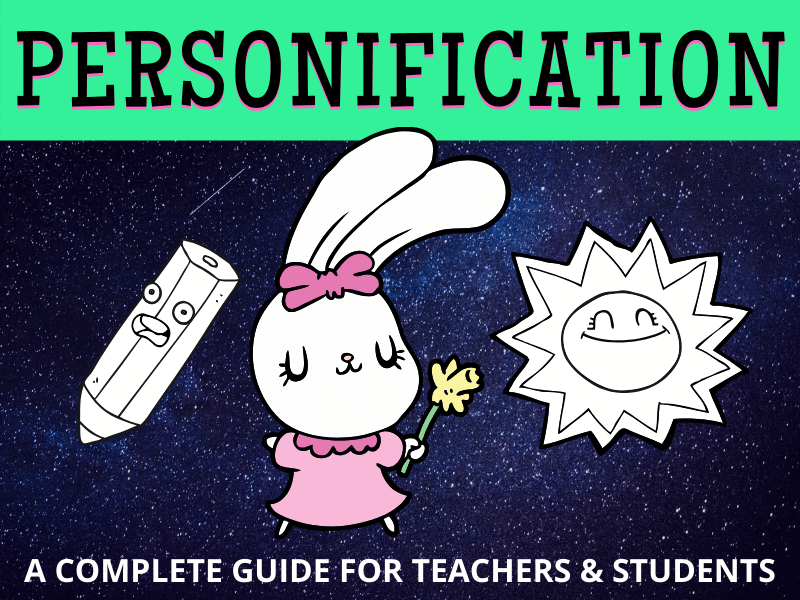
A guide to personification for students and teachers — Literacy Ideas
Personification This collection brings personification to life. Start Reading Books Spork Get Me Out of This Book: Rules. Spoon Stick and Stone You Are the Pea, and I Am the Carrot Dump Truck Disco Pencil: A Story with a Point Supertruck School's First Day of School Clifford the Big Red Dog Ghost Cat Who Will Bell the Cat? Pluto's Secret Alfie

Personification Poems For Grade 7 Personification
Neil Gaiman writes, "Personification is an effective tool for placing the reader in the story with a 360 view of the setting. In Bleak House, Charles Dickens describes a thick fog settling as rolling, hovering, creeping, and 'cruelly pinching' the toes and fingers of a boy." ( source here)

Personification English Ks1 Ks2
Here's a quick and simple definition: Personification is a type of figurative language in which non-human things are described as having human attributes, as in the sentence, "The rain poured down on the wedding guests, indifferent to their plans."

Personification Poster Imaginative writing, Figurative language, Teaching
When teaching a text, I make sure that I have an anchor skill that I want my students to practice while reading. I find evaluating text structure to be one of the more difficult standards to teach, but I also find There Will Come Soft Rains by Ray Bradbury to be not only an engaging story with lots of opportunity to review personification, but also a model text for students to analyze how the.

Teaching Personification with Picture Books Mentor texts, Books, Classroom books
Personification is a literary device that uses non-literal language to convey abstract ideas in a relatable way. Personification is a type of metaphor that gives human characteristics to inanimate objects and animals, such as emotions and behaviors. An example of personification is the English nursery rhyme "Hey Diddle Diddle," which.
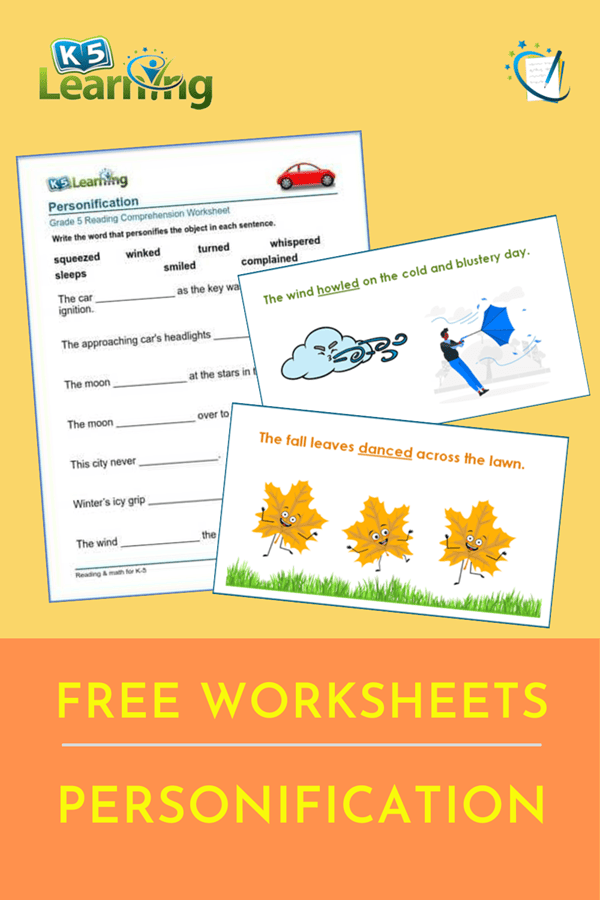
Personification Examples for Kids K5 Learning
Personification in a story is defined as figurative language in which inanimate objects are or animals given human qualities. In essence, personification imbues nonhuman things with the power to think, feel and act in a metaphorical way to convey information creatively.

Personification Poem for Kids
Personification is a form of metaphor, a literary device comparing two things by applying the qualities of one thing to another. One famous example is the Walt Whitman line, "And your very flesh shall be a great poem."
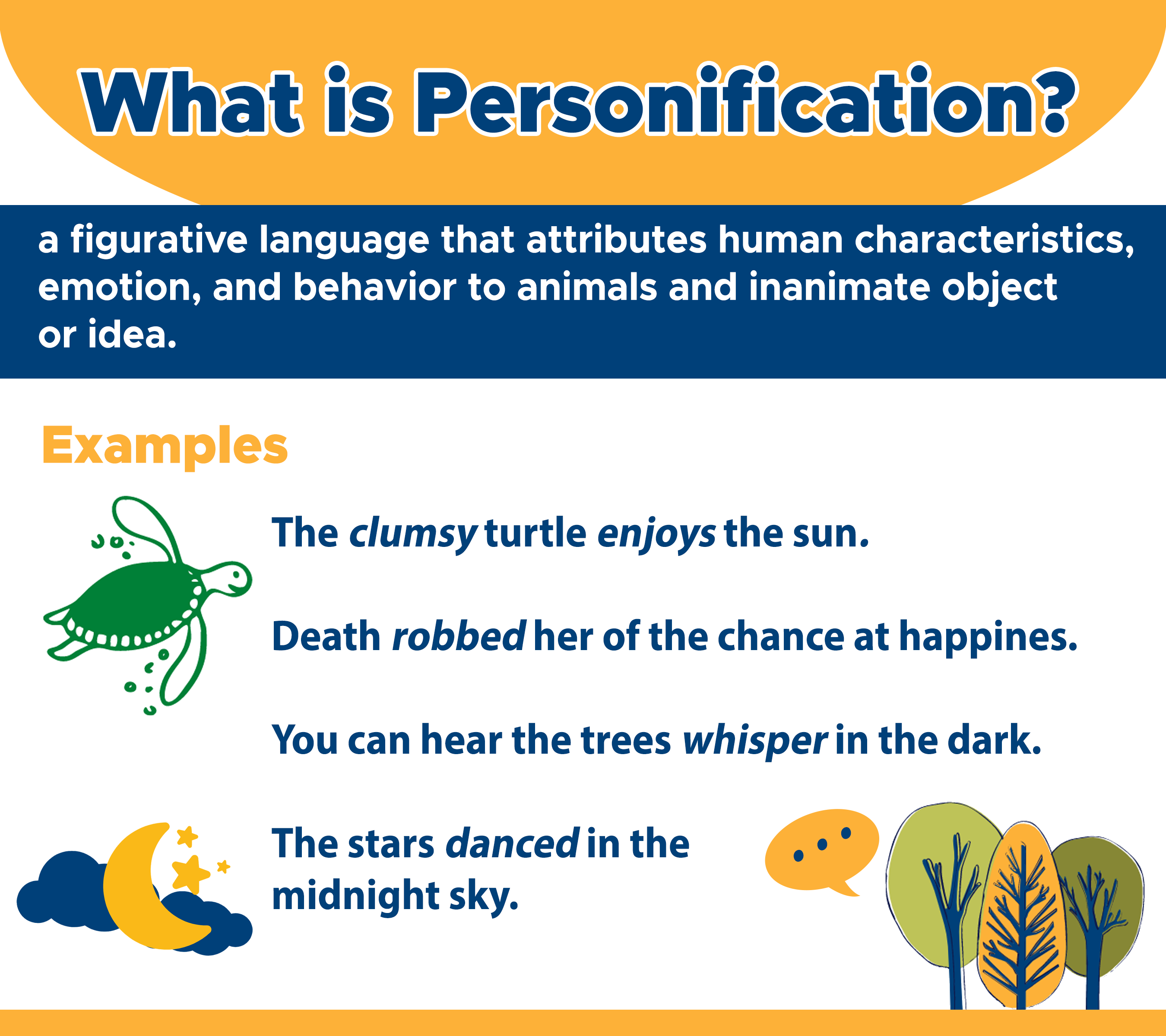
Personification Humanizing Nonliving Things Curvebreakers
Personification is a form of figurative language, where writers convey an idea or feeling by saying something that isn't literally true. Personification can make a non human thing seem more vivid, even more dangerous, especially if the personification involves the use of sensory words. For example:
3 Wonderful Personification Lesson Ideas Teaching Fourth and more!
Personification is a literary device, a technique authors use to add meaning to their writing. Put simply, writers use personification when they give human characteristics to non-human animals or objects. In other words, an author describes a non-human object as doing something human.

Personification Examples Personification, Personification activities, Personification poems
August 17, 2021 Written by Leila Hobbs 0 Looking for new, free texts for teaching figurative language? This post has short stories, and other short texts your students will love! Today I have figurative language on my mind: specifically simile, hyperbole, and personification.
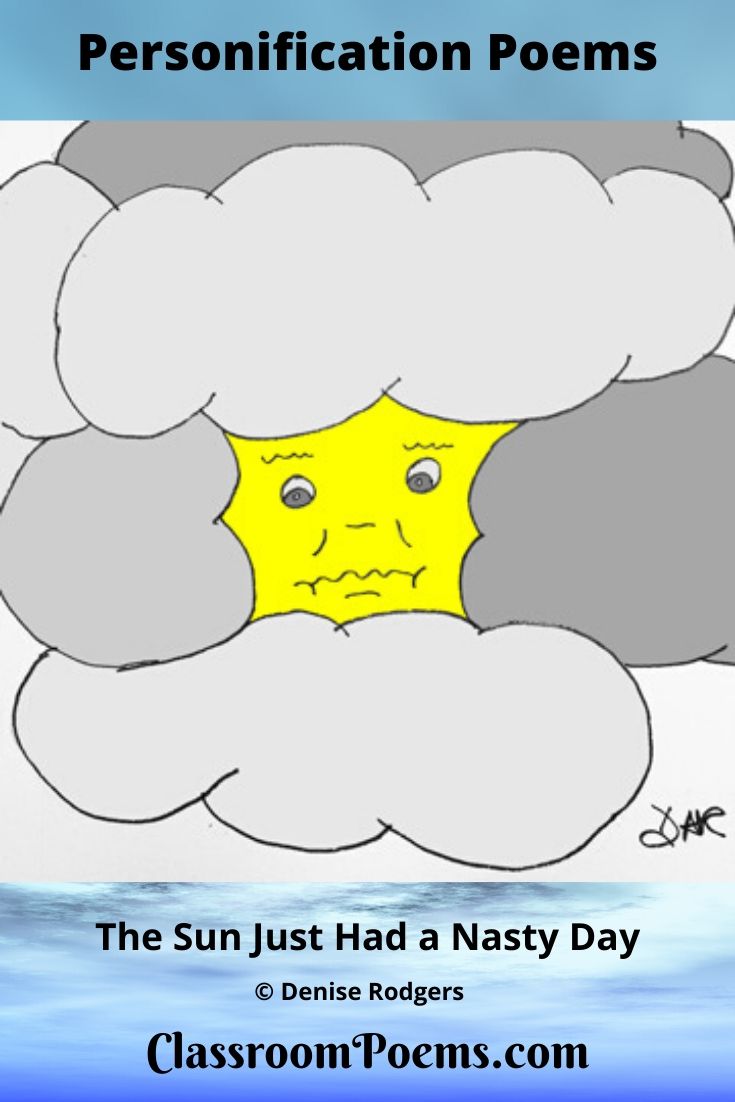
Personification Poems
Let's look at why writers use personification in their writing. 1. Illustrate setting. Personification is an excellent writing tool for establishing the setting of a story. If your character is starting a new school, for instance, some examples of personification might be "the walls leered down at them," or "the iron gates loomed.

Personification English KS1, KS2
Personification is a type of figurative language that gives human traits to animals, plants, objects, and other non-human things. For example, The blanket held me close. The computer suffered. The dog scolded me. People can do amazing things, from running and leaping to feeling complex emotions. We are unique in that way.

PERSONIFICATION EXAMPLES alisen berde
In this project, you will personify an animal or object and develop your story into an online book or animated cartoon. Engage Nursery rhymes, fairy tales, fables, and children's stories commonly personify animals. When you give human characteristics to animals, it is called anthropomorphism.